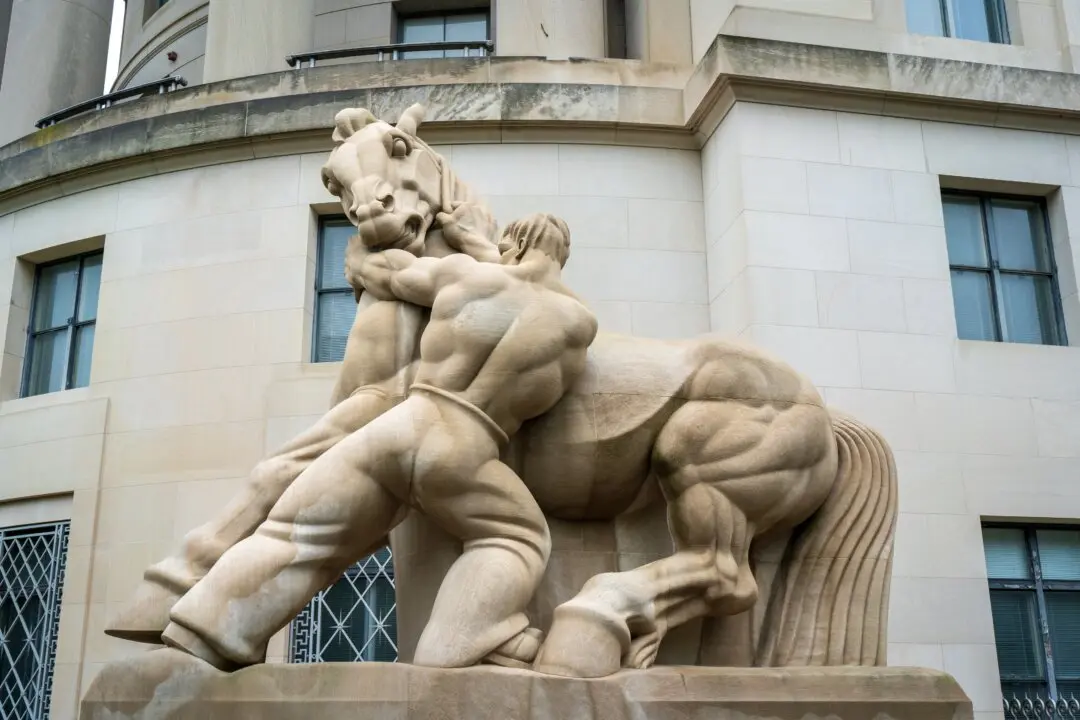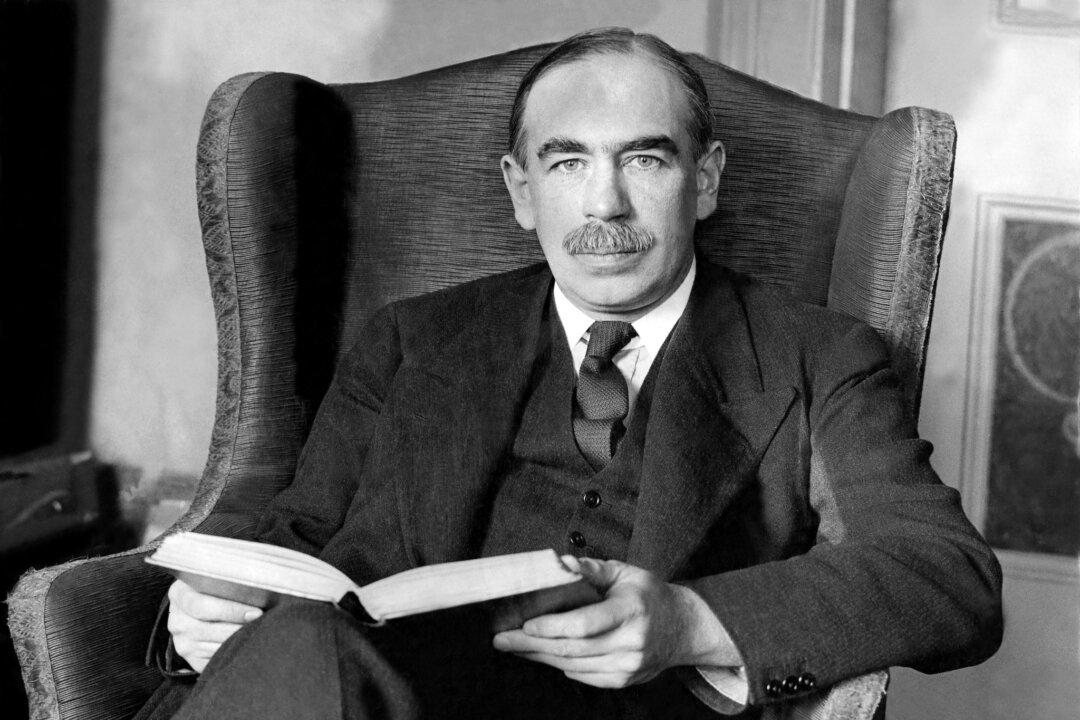Commentary
Years ago in the middle of a very tight labor market, I was in a convenience store, and an employee became upset at the boss and quit on the spot. The boss was very alarmed. He went running after the kid and begged him to come back. He gave him an immediate raise and the kid got back to work. All was well again.





